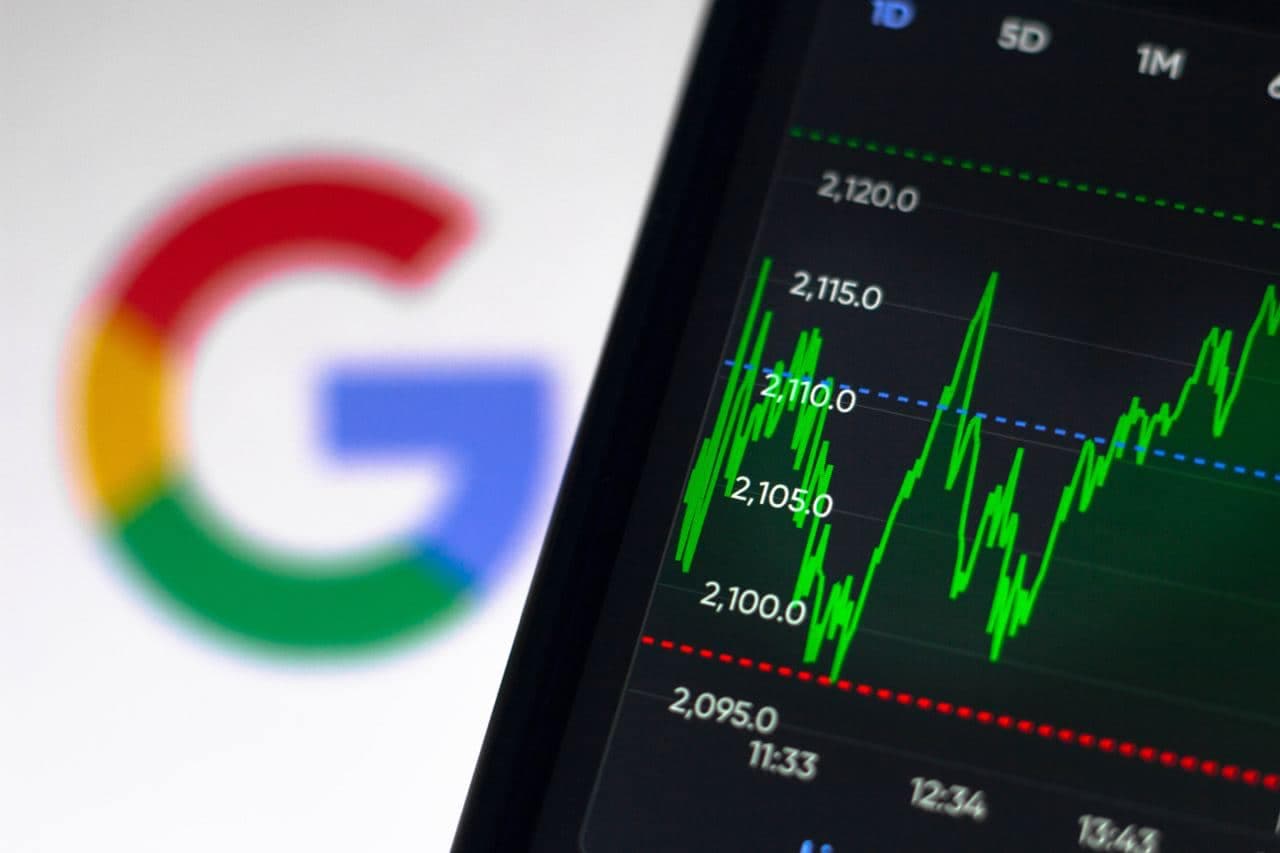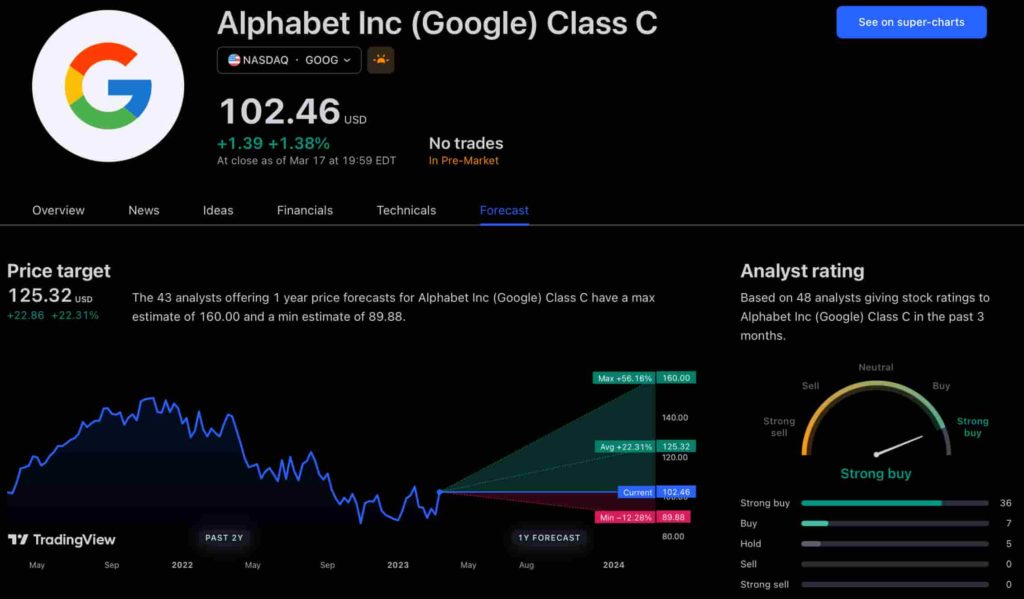The new app is called watchGPT and as I tipped off already, it gives you access to ChatGPT from your Apple Watch. Now the $10,000 question (or more accurately the $3.99 question, as that is the one-time cost of the app) is why having ChatGPT on your wrist is remotely necessary, so let’s dive into what exactly the app can do.
NEWS
Website Themes Impact SEO via @sejournal, @martinibuster
Google published a short video that answers if a website theme affects SEO. John Mueller, the video host, answered that yes, a website theme will affect SEO and noted how this can happen.
Mueller said:
“It’s easy to consider website themes as just a splash of color on top of a finished structure. But there’s so much more involved.”
A theme will impact how the website displays many content elements that are core to SEO:
- Headings
- Text
- Images
- How pages are interlinked
- Page load times
- Structured Data
According to Google, good themes will make it easier for search engines to understand the content and Mueller affirmed that changing a website’s theme generally will affect a website’s SEO.
Related: How to Choose the Best Shopify Theme for SEO
Test Drive New Website Themes
John Mueller said that it was a good idea to test out a website theme before choosing one.
Advertisement
Continue Reading Below
Recommendations
- Try themes out on a test website
- Add content from previous website
- Block indexing of a test website so that Google doesn’t accidentally crawl it
- Review HTML generated by the theme
Insights From Search Community
I asked a few SEO and web design experts if they thought that the choice of a website theme affected SEO.
Adam J. Humphreys
Search marketing expert Adam J. Humphreys (LinkedIn profile) of Making 8 Inc shared his insights about how themes impact SEO:
“Yes, absolutely the way websites render impacts the way they resolve for search engines.
I saw a 26% increase to a large boat group’s overall views and their best year on record as a result of changes made to their themes.
Themes really matter and frankly, if using WordPress for example, one should use Gutenberg-based editors (otherwise known as Gutenberg blocks builders) for WordPress because they are the purest form of editor utilizing the WordPress core and will result in a ridiculously fast page speed.
The reality is even if Google’s Core Web Vitals wasn’t a ranking factor I would still make it a priority as I have for years simply because of how well users respond to fast sites. We’re talking more clicks, more calls, and generally speaking more sales conversions. Whether it’s a multinational level site or a local business, the positive response seems to be the same.
This is why I recommended Gutenberg Blocks based editors because they use the WordPress engine resulting in a much faster load time.
Oxygen and Bricks Builder this year are my only two recommendations on themes for those willing to take the time to learn them.
Otherwise just straight up WordPress editor because everything else will not accomplish 100 on mobile scores in a mobile first world.
Alternative themes load up too many scripts which is guaranteed to result in lower scores.
Less moving parts means less friction, which is the same for choosing a theme for SEO.”
Advertisement
Continue Reading Below
Chris Labbate
Chris Labbate (LinkedIn profile), Director of Marketing at SEOBank.ca agreed that the choice of a theme was critical:
“Changing your WordPress theme can affect SEO rankings, to a significant degree if you make a poor choice.
One of the reasons is because your theme impacts your design (CSS and JavaScript) which in turn can affect site speed.”
Alex Alexakis
Alex Alexakis (LinkedIn profile), founder of PixelChefs Web Design & SEO offered his insightful opinion on the importance of themes to SEO:
“Yes, changing a site’s theme can affect a website’s speed as design, page structure, internal links and sometimes architecture changes.
For example, themes can negatively affect your sites speed by:
- requiring multiple plugins to function “properly”
- loading excess external resources (scripts, webfonts)
- loading excess internal resources (scripts, webfonts)
- poor coding
- unoptimized css
- unoptimized javascript / jquery
Site architecture is a big issue especially in site rebuilds as some themes are set up with custom built custom post types that force a URL structure that might not match the existing architecture.”
Choose Your Website Theme Carefully
Many themes advertise themselves as SEO friendly. But that’s not always the case. Many themes provide low performance scores in Google’s PageSpeed insights tool. Even the demonstration sites for some of the “SEO friendly” themes perform poorly.
Page Speed Score of an “SEO Friendly” Theme
 This is an actual PageSpeed Insights score of 35 out of 100 for a theme that advertises itself as SEO Friendly
This is an actual PageSpeed Insights score of 35 out of 100 for a theme that advertises itself as SEO Friendly
Adam J. Humphrey is right to mention Gutenberg Block Editor as a viable option for building a fast performing website. Building directly with the WordPress Gutenberg site builder is faster because the site is generated straight from the core and does not have to go through any additional layers. WordPress has steadily been improving the Gutenberg code so that it only loads the files necessary to generate a web page.
Advertisement
Continue Reading Below
It is important to understand that Gutenberg isn’t fully finished. It is being built in four phases and WordPress is currently well into the second phase that addresses bringing full site editing to Gutenberg.
Four Phases of Gutenberg Development
- Easier Editing — Already available in WordPress, with ongoing improvements
- Customization — Full Site editing, Block Patterns, Block Directory, Block based themes
- Collaboration — A more intuitive way to co-author content
- Multi-lingual — Core implementation for Multi-lingual sites
As John Mueller suggested, always set up a test site for staging your new WordPress theme where you can configure the site to be exactly how you want it to.
Services like WP Stagecoach, which I have used, make the process easy.
Citation
Watch the Google Video
Does a Website Theme Matter for SEO?
[embedded content]
Facebook Faces Yet Another Outage: Platform Encounters Technical Issues Again

Uppdated: It seems that today’s issues with Facebook haven’t affected as many users as the last time. A smaller group of people appears to be impacted this time around, which is a relief compared to the larger incident before. Nevertheless, it’s still frustrating for those affected, and hopefully, the issues will be resolved soon by the Facebook team.
Facebook had another problem today (March 20, 2024). According to Downdetector, a website that shows when other websites are not working, many people had trouble using Facebook.
This isn’t the first time Facebook has had issues. Just a little while ago, there was another problem that stopped people from using the site. Today, when people tried to use Facebook, it didn’t work like it should. People couldn’t see their friends’ posts, and sometimes the website wouldn’t even load.
Downdetector, which watches out for problems on websites, showed that lots of people were having trouble with Facebook. People from all over the world said they couldn’t use the site, and they were not happy about it.
When websites like Facebook have problems, it affects a lot of people. It’s not just about not being able to see posts or chat with friends. It can also impact businesses that use Facebook to reach customers.
Since Facebook owns Messenger and Instagram, the problems with Facebook also meant that people had trouble using these apps. It made the situation even more frustrating for many users, who rely on these apps to stay connected with others.
During this recent problem, one thing is obvious: the internet is always changing, and even big websites like Facebook can have problems. While people wait for Facebook to fix the issue, it shows us how easily things online can go wrong. It’s a good reminder that we should have backup plans for staying connected online, just in case something like this happens again.
NEWS
We asked ChatGPT what will be Google (GOOG) stock price for 2030

Investors who have invested in Alphabet Inc. (NASDAQ: GOOG) stock have reaped significant benefits from the company’s robust financial performance over the last five years. Google’s dominance in the online advertising market has been a key driver of the company’s consistent revenue growth and impressive profit margins.
In addition, Google has expanded its operations into related fields such as cloud computing and artificial intelligence. These areas show great promise as future growth drivers, making them increasingly attractive to investors. Notably, Alphabet’s stock price has been rising due to investor interest in the company’s recent initiatives in the fast-developing field of artificial intelligence (AI), adding generative AI features to Gmail and Google Docs.
However, when it comes to predicting the future pricing of a corporation like Google, there are many factors to consider. With this in mind, Finbold turned to the artificial intelligence tool ChatGPT to suggest a likely pricing range for GOOG stock by 2030. Although the tool was unable to give a definitive price range, it did note the following:
“Over the long term, Google has a track record of strong financial performance and has shown an ability to adapt to changing market conditions. As such, it’s reasonable to expect that Google’s stock price may continue to appreciate over time.”
GOOG stock price prediction
While attempting to estimate the price range of future transactions, it is essential to consider a variety of measures in addition to the AI chat tool, which includes deep learning algorithms and stock market experts.
Finbold collected forecasts provided by CoinPriceForecast, a finance prediction tool that utilizes machine self-learning technology, to anticipate Google stock price by the end of 2030 to compare with ChatGPT’s projection.
According to the most recent long-term estimate, which Finbold obtained on March 20, the price of Google will rise beyond $200 in 2030 and touch $247 by the end of the year, which would indicate a 141% gain from today to the end of the year.
Google has been assigned a recommendation of ‘strong buy’ by the majority of analysts working on Wall Street for a more near-term time frame. Significantly, 36 analysts of the 48 have recommended a “strong buy,” while seven people have advocated a “buy.” The remaining five analysts had given a ‘hold’ rating.

The average price projection for Alphabet stock over the last three months has been $125.32; this objective represents a 22.31% upside from its current price. It’s interesting to note that the maximum price forecast for the next year is $160, representing a gain of 56.16% from the stock’s current price of $102.46.
While the outlook for Google stock may be positive, it’s important to keep in mind that some potential challenges and risks could impact its performance, including competition from ChatGPT itself, which could affect Google’s price.
Disclaimer: The content on this site should not be considered investment advice. Investing is speculative. When investing, your capital is at risk.
NEWS
This Apple Watch app brings ChatGPT to your wrist — here’s why you want it

ChatGPT feels like it is everywhere at the moment; the AI-powered tool is rapidly starting to feel like internet connected home devices where you are left wondering if your flower pot really needed Bluetooth. However, after hearing about a new Apple Watch app that brings ChatGPT to your favorite wrist computer, I’m actually convinced this one is worth checking out.
-

 SEO6 days ago
SEO6 days agoGoogle Limits News Links In California Over Proposed ‘Link Tax’ Law
-

 SEARCHENGINES6 days ago
SEARCHENGINES6 days agoGoogle Core Update Volatility, Helpful Content Update Gone, Dangerous Google Search Results & Google Ads Confusion
-
SEARCHENGINES7 days ago
Daily Search Forum Recap: April 12, 2024
-

 SEO6 days ago
SEO6 days ago10 Paid Search & PPC Planning Best Practices
-

 MARKETING6 days ago
MARKETING6 days ago2 Ways to Take Back the Power in Your Business: Part 2
-

 MARKETING4 days ago
MARKETING4 days ago5 Psychological Tactics to Write Better Emails
-

 PPC6 days ago
PPC6 days agoCritical Display Error in Brand Safety Metrics On Twitter/X Corrected
-

 SEARCHENGINES5 days ago
SEARCHENGINES5 days agoWeekend Google Core Ranking Volatility














